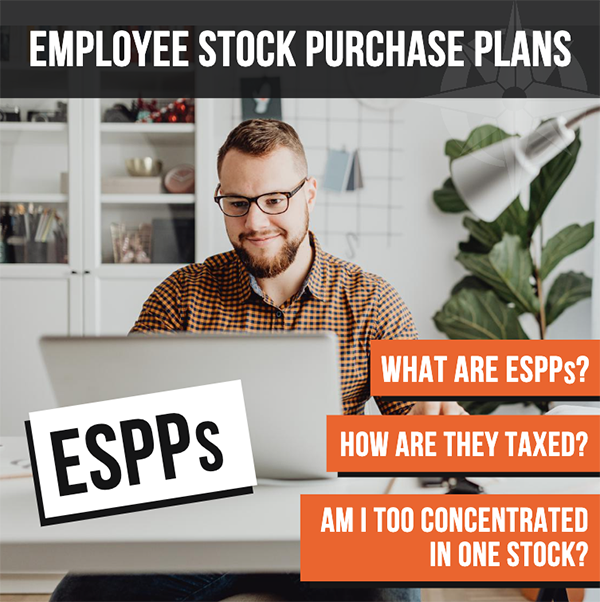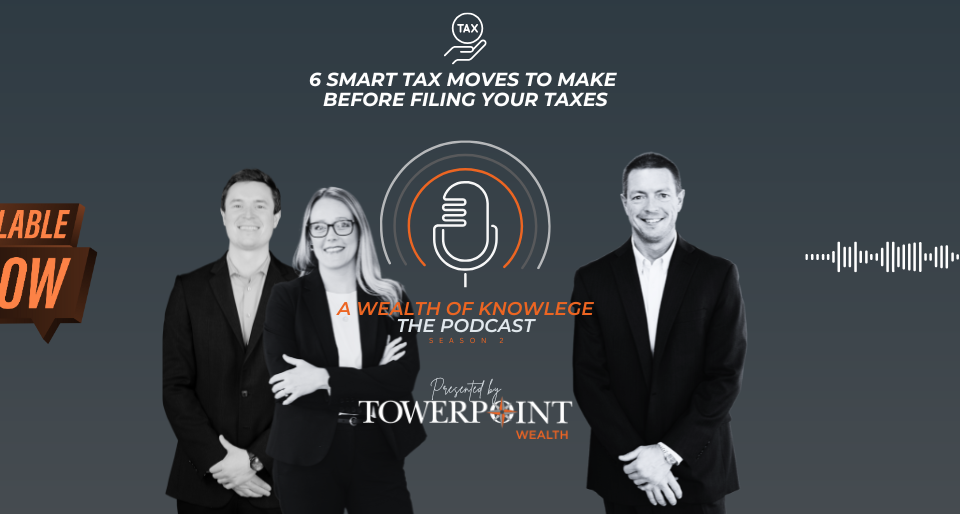What is an Employee Stock Purchase Plan?
Employee Stock Purchase Plan | If you are an employee of a publicly traded company, it most likely offers an employee stock purchase plan, or ESPP for short (also sometimes called a section 423 plan). These are excellent plans to take advantage of, as they allow employees to purchase company stock at a discount. However, what most people do not fully understand are the tax consequences of selling the stock.
With an ESPP, an employee is not taxed at the time they purchase shares, but instead only when they sell. As you may expect, the tax consequences of the sale will be different, depending specifically on how long the employee has held the shares. This holding period will determine if the sale is a “qualifying disposition” or “disqualifying disposition.”
Oftentimes, Employee Stock Purchase Plans allow employees to use after-tax payroll deductions to purchase company stock at a discount, which can be as high as 15% off the actual market price of the stock. However, what most people do not fully understand are the tax consequences of selling the stock acquired through these plans.
Taxation rules of ESPPs
Understanding taxation rules associated with ESPPs means you have an understanding of the importance of a “disposition strategy” that will produce the best economic result for you. With an ESPP, or qualified Section 423 plan, as we’ve said, you are not taxed at the time the shares are purchased, but instead only when you sell.
Employees can generally sell shares at any time, which is great if you have immediate cash needs, or want to reinvest the money into other assets. However, the tax consequences of the sale depend specifically on how long you have held the shares. This holding period will determine if the sale is a “qualifying disposition” or “disqualifying disposition,” which governs how much of the gain will be taxed at capital gains rates, or at less favorable ordinary income rates.
A qualifying disposition occurs when you sell your shares after holding them for at least one year from the purchase date and at least two years from the offering date. The rules say that you will pay ordinary income tax on the lesser of either 1) The discount offered based on the offering date price, or 2) the gain between the actual purchase price and the final sale price. The remainder of the gain, if there is one, will be taxed at the more favorable long-term capital gains rate.
If you don’t meet the holding period requirements for a qualifying disposition, then by default you end up with a disqualifying disposition. You will pay “regular” ordinary income tax on the difference between the actual purchase price and the purchase date market price, and you’ll pay capital gain tax rates on the difference between the purchase date price and the final sales price. It’s a little complicated, we know.
As you can see, it is incredibly important you understand the ESPP tax rules and how they can impact the amount of money you end up keeping in your pocket, if and when you decide to sell any shares you own in your section 423 plan.
Feel free to contact Towerpoint Wealth on LinkedIn, Facebook, or Instagram to discuss a disposition strategy that is best for you given your circumstances and financial goals. What are the taxation rules associated with Employee Stock Purchase Plans—ESPPs—and can you be sure you’re minimizing taxes? It’s important to have a disposition strategy that will produce the best economic result for you.







